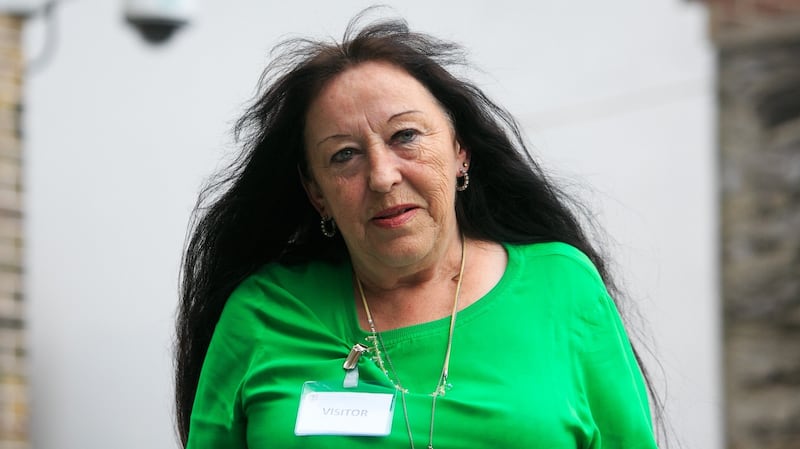The lengthy Medical Council inquiry into Peter Van Geene concluded on Wednesday with the former consultant obstetrician and gynaecologist found not guilty on 13 of the 15 counts of alleged poor professional performance he faced.
The inquiry examined the care he provided to four women – Patients A, B and C, as well as patient Helen Cruise, who was the only person in this case to waive her right to anonymity, between 2009 and 2011 at Aut Even Hospital on Kilkenny.
As the findings in relation to her mother were read out, Aneka Cruise, Helen’s daughter, ran out of the room in tears. Afterwards, Helen Cruise was too upset to make a statement.

It was originally alleged that Mr Van Geene, who denied the allegations of poor professional performance throughout the inquiry, made a decision to carry out a vaginal hysterectomy on Patient A in the spring of 2009, without carrying out the necessary investigations to establish whether this was clinically justified.
The other three women suffered major blood losses following the vaginal hysterectomies that Mr Van Geene performed on them, and required blood transfusions.
Patient B, on whom Mr Van Geene performed a vaginal hysterectomy in July 2010, told the inquiry in July that she was dissatisfied with the lack of information provided to her regarding her blood loss. “I felt I could have been dealt with more sensitively and given more information,” she said.
Patient C suffered major blood loss after undergoing a vaginal hysterectomy in October 2011, requiring a transfusion of six units of blood and four units of fresh frozen plasma.
Strange moments
In an inquiry of many strange moments, Patient C, who had many kind words for Mr Van Geene, seemingly only found out that she still had her ovaries when she gave her evidence in July. During her post-operative review, she said she asked Mr Van Geene whether he had removed her ovaries, but he was unable to recall this.
Perhaps the most harrowing evidence during the inquiry came from the Ms Cruise (61), who attended much of the inquiry accompanied by family members.
After Mr Van Geene performed her vaginal hysterectomy in August 2011, Ms Cruise suffered a major post-operative bleed. She required a transfusion of six units of blood, and was transferred to St Luke’s Hospital, after developing pulmonary oedema.
Ms Cruise alleged that Mr Van Geene only obtained her consent for surgery once she was in the operating theatre, and later told her that he had thrown her womb in a bucket on the floor.
Throughout the inquiry, much was made of a post-operative conversation that took place between Mr Van Geene and Ms Cruise at St. Luke’s Hospital.
The inquiry heard that Ms Cruise, a mother of seven, traumatised by her surgery and the subsequent complications, was sat in a chair, alongside her daughter. Mr Van Geene stood above her because, according to his evidence, there was no available seat in the room.
Upset and searching for answers, wanting to find out the reason for her post-operative bleed, Ms Cruise asked him if he had cut her during her vaginal hysterectomy. Mr Van Geene told the inquiry that this question from Ms Cruise completely baffled him, since he had operated on her, and he struggled to respond.
Former patients found it jarring that some of his evidence was so at odds with the testimonies given by them.
Mr Van Geene, who is no longer practicing, received his primary medical degree in 1981 in London. He continued his postgraduate training and began his work in the UK. Later, he completed subspecialty training in gynaecological oncology and worked at Guys and St Thomas’ Hospital as a consultant gynaecology cancer surgeon.
He began to look for work in Ireland in 2005 after his wife narrowly escaped being caught up in the London Tube bombing. She had been due to get on a train that exploded but wound up getting the following one.He began to work as a consultant gynaecologist at Aut Even hospital in Kilkenny in June 2006, and did so until November 2011.













